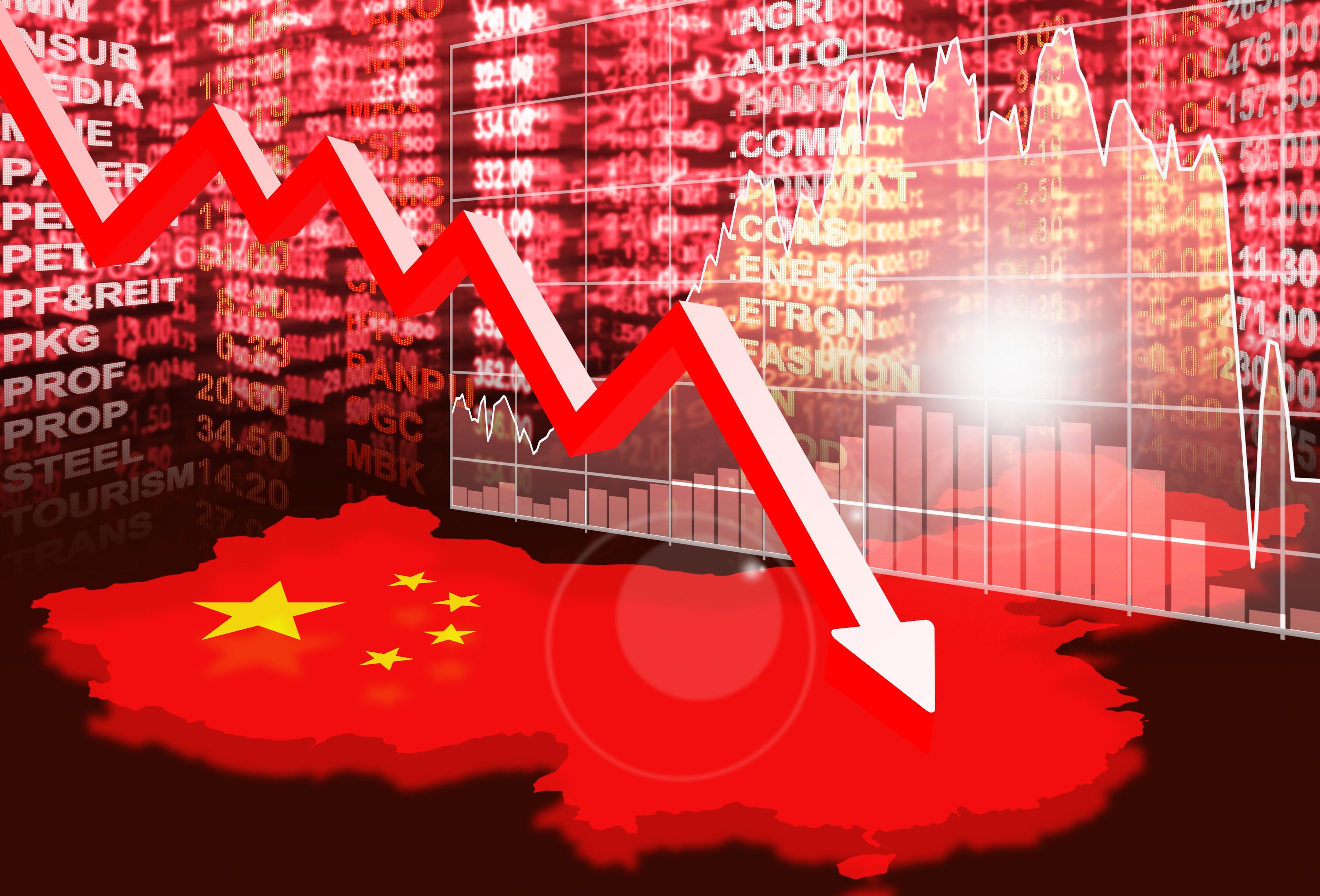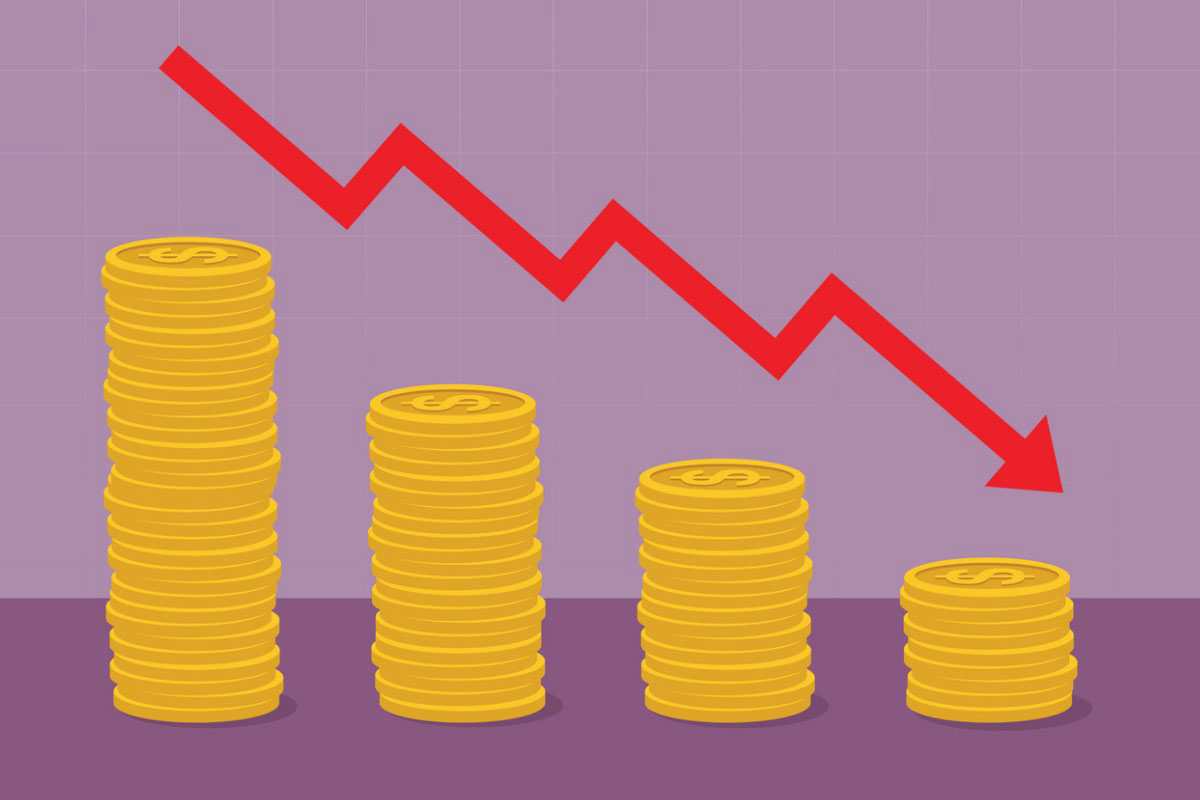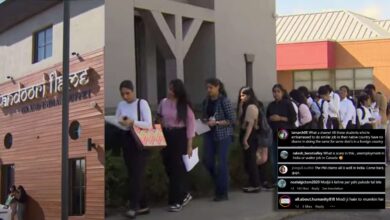China’s Economy Experiences Deflation: World’s Second Largest Economy Takes A Tumble In July 2023
China, which is currently the world’s second largest economy, slips into deflation raising economic and policy concerns.

China’s Economy Experiences Deflation: World’s Second Largest Economy Takes A Tumble In July 2023
China, the second-largest economy in the world, has recently faced a serious financial crisis after falling into deflation in the month of July. Concerns over the nation’s economic direction as well as the requirement to acquire stronger policy support from Beijing have been sparked by this unexpected development. The inverse of inflation, deflation, denotes a continuous and general reduction in the total price levels of products and services in the economy as a whole.
Statistical Analysis: Consumer Price Index (CPI) and Producer Price Index (PPI) Decline
According to the most recent data from China’s National Bureau of Statistics, both the Consumer Price Index (CPI) as well as the Producer Price Index (PPI) went down. The CPI fell 0.3% year on year in July, the first reduction since February 2021. The price of food, transportation, along with home items all played a role towards this deflationary trend, including a dramatic 26% decline in pork costs as well as a 1.5% drop in vegetable prices. Simultaneously, the Producer Price Index (PPI), which gauges goods prices at the factory gate, decreased 4.4% in the month of July compared to the previous calendar year, representing what was the tenth consecutive drop.
Signs of Deflation Amplify Calls for Stimulus Amid Economic Uncertainty
The country’s descent into deflation has fuelled pressure on the Chinese government to enact additional stimulus measures. If deflation persists, Eswar Prasad, a Cornell University China finance expert, warns that the country risks experiencing a self-reinforcing downward cycle in development as well as private sector confidence. China, unlike other nations that launched massive stimulus efforts throughout the pandemic, opted for a different strategy, emphasizing on implementing its three-year zero-Covid policy. Policymakers have attempted to boost economic confidence by cautiously lowering interest rates and providing tax breaks to firms. They have, however, abstained from implementing large stimulus measures.

Divergence from Targeted Inflation Rates and Struggles with GDP Growth
The most recent figures show a growing gap between China’s targeted inflation rates as well as the country’s present economic reality. So far this year, average consumer price inflation has been 0.5%, considerably below the government’s ambitious 3% objective. The sustained data weakness has also placed doubt on China’s 5% GDP growth target for 2023, which is the lowest in years. The economy’s sluggish growth of 0.8% between the first and second quarters of the year, as well as a significant 14.5% year-on-year reduction in July exports, are both strong evidence of the current economic woes.
Complex Factors at Play: Pork Prices, Core Inflation, and Manufacturing Woes
Several variables influence the deflationary trend in China’s complicated economic landscape. Pork prices, which fell 26% year on year in July, have had a substantial influence on consumer costs. Despite this, core inflation, which excludes volatile food and energy prices, increased by 0.8%. Meanwhile, producer prices have been in a downward trajectory for the previous ten months, owing mostly to fluctuating costs of products as well as raw material costs. Furthermore, the industrial sector has been dealing with its own issues, with activity declining for four straight months, indicating dwindling demand for Chinese exports.
In the midst of China’s slowing economy, the country’s cautious approach to Covid-era support contrasts with the robust steps taken by other industrialized economies. This method attempted to avoid the rampant inflation shock that many other countries experienced. However, since wages stagnated and property asset values halted, this posture resulted in a decrease in discretionary household income. Despite the government’s efforts to support the private sector and the real estate market through interest rate cuts and other incremental measures, the anticipated economic rebound has proven elusive. Analysts are now asking Beijing to implement more robust policies that will not only restore lost confidence but also increase consumer spending, which is a key engine of economic growth.
A possible bottoming out of yearly Producer Price Index (PPI) inflation this quarter, subsequently followed by a “U-shaped” recovery in Consumer Price Index (CPI) inflation during the following months, is predicted by Goldman Sachs analysts.
According to Linus Yip, Chief Strategist at First Shanghai Securities, the declining CPI may really be good news for investors because it may open the door to more flexible policy. Furthermore, in an effort to stop the depreciation of the Chinese currency, big state-owned institutions have been seen selling dollars to buy yuan amid symptoms of deflation. While healthcare stocks on the mainland A-shares rose by 1.4%, in contrast to a 2% decrease in companies related to artificial intelligence, IT giants in Hong Kong were able to stabilize after losing ground at noon.
Due to these factors, the once-respected homebuilder Country Garden suffered a further loss of 1.8% after experiencing a significant 14% decline the day before as a result of the company’s delayed dollar bond coupon payments. These various components combine to create a complicated economic environment as China navigates the difficulties of deflationary forces and looks for paths to a long-term recovery.
Causes of Deflation:
- Reduced Consumer Demand: When there is less demand from consumers for goods and services, firms may drop their pricing to draw in more clients. This can put negative pressure on general price indices.
- Oversupply of Goods: If there is an excessive amount of supply of a certain commodity compared to demand, businesses may reduce prices to get rid of their stock. This overproduction may be the result of overproduction, shifting consumer tastes, or global economic imbalances.
- Technological Advancements: New technologies have the potential to boost output and cut expenses. Due of this, businesses may decrease their prices in an effort to compete, which could result in deflationary pressures.
- Tight Monetary Policies: To combat inflation, central banks may impose tight monetary policies by increasing interest rates or lowering the money supply. Although the main goal of these measures is to lower inflation, they can unintentionally result in decreased expenditure and a slowdown in the economy, which can cause deflationary trends.
Consequences of Deflation:
- Vicious Cycle of Decreased Economic Activity: Consumers delay purchases because they anticipate price reductions to continue, which reduces demand for products and services. This vicious cycle results in decreased economic activity. This collapse in demand may lead to lower output, a decline in business revenue, job losses, and further falls in consumer spending. This downward spiral might result in an extended period of decreased economic activity and economic recession.
- Increased Real Burden of Debt: Deflation may result in a rise in the real burden of debt. Borrowers find it harder to pay off their obligations as prices decrease since the market value of debt stays the same or even rises in real terms. Defaults as well as financial instability for people, companies, and governments may result from this.
- Lower Investment: In a deflationary environment, businesses may postpone investments as well as plans for expansion as they anticipate fewer future revenues as a result of dropping prices. Reduced growth in the economy and employment creation may result from this.
- Wage Pressure: When prices are declining, firms may find it difficult to sustain profits, which puts pressure on them to cut expenses. This may lead to wage reductions or freezes, which would have a negative effect on consumer spending and lengthen the deflationary cycle.
- Hoarding Cash: In anticipation of more price declines, both customers and companies may choose to hold onto their cash rather than investing or spending. As a result, there is less money moving around the economy, which causes stagnation.
- Difficulty for Central Banks: Deflation can make it challenging for central banks to reinvigorate the economy with conventional monetary policy measures. Interest rates may already be at historically low levels, giving central banks little space for manoeuvre.
- Impact on Investment: Lower pricing may result in fewer corporate profits, which may deter businesses from investing in R&D and innovation. This could impede long-term economic growth.
Policy Responses and Economic Outlook
Typically, central bank targets a particular inflation rate in order to maintain a constant level of inflation. An economy is thought to be stronger when there is moderate inflation since it promotes growth, investment, and spending. In an effort to combat deflationary pressures, central banks may take steps to encourage expenditure and avert a deflationary cycle, including decreasing interest rates, expanding the money supply, and using various monetary tools.
Due to domestic demand being weak and the deflationary tendency, China’s economic momentum has been declining. The economic recovery has not made much progress despite efforts including adjusting interest rates, strengthening the private sector, and stimulating the housing market. Analysts contend that Beijing may need to implement more drastic measures to boost spending among consumers, improve consumer confidence, as well as prevent a protracted period of stagnation.
An extensive stimulus package’s potential is constrained by worries about the growth of the national debt. Therefore, for Chinese policymakers, finding a balance between fixing economic problems and managing debt concerns continues to be a major task.
It becomes increasingly clear that China needs to take quick and decisive policy actions as it navigates these complex economic problems. Reviving consumer spending, regaining trust in the private sector, and ensuring economic stability are delicate tasks that must be accomplished while sticking to a cautious stance with regard to stimulus in the midst of growing uncertainty.
China’s ability to handle the deflationary pressures while preserving stability and growth will have ramifications not merely for its own population but additionally for international financial markets and economies as the world closely monitors China’s economic condition.







